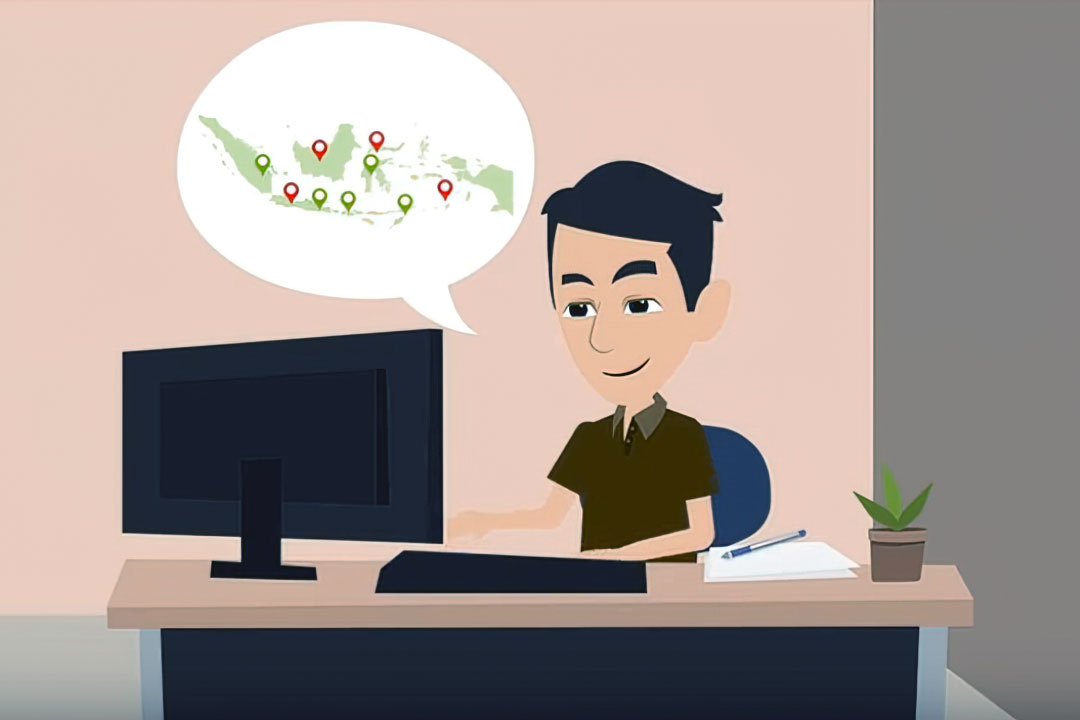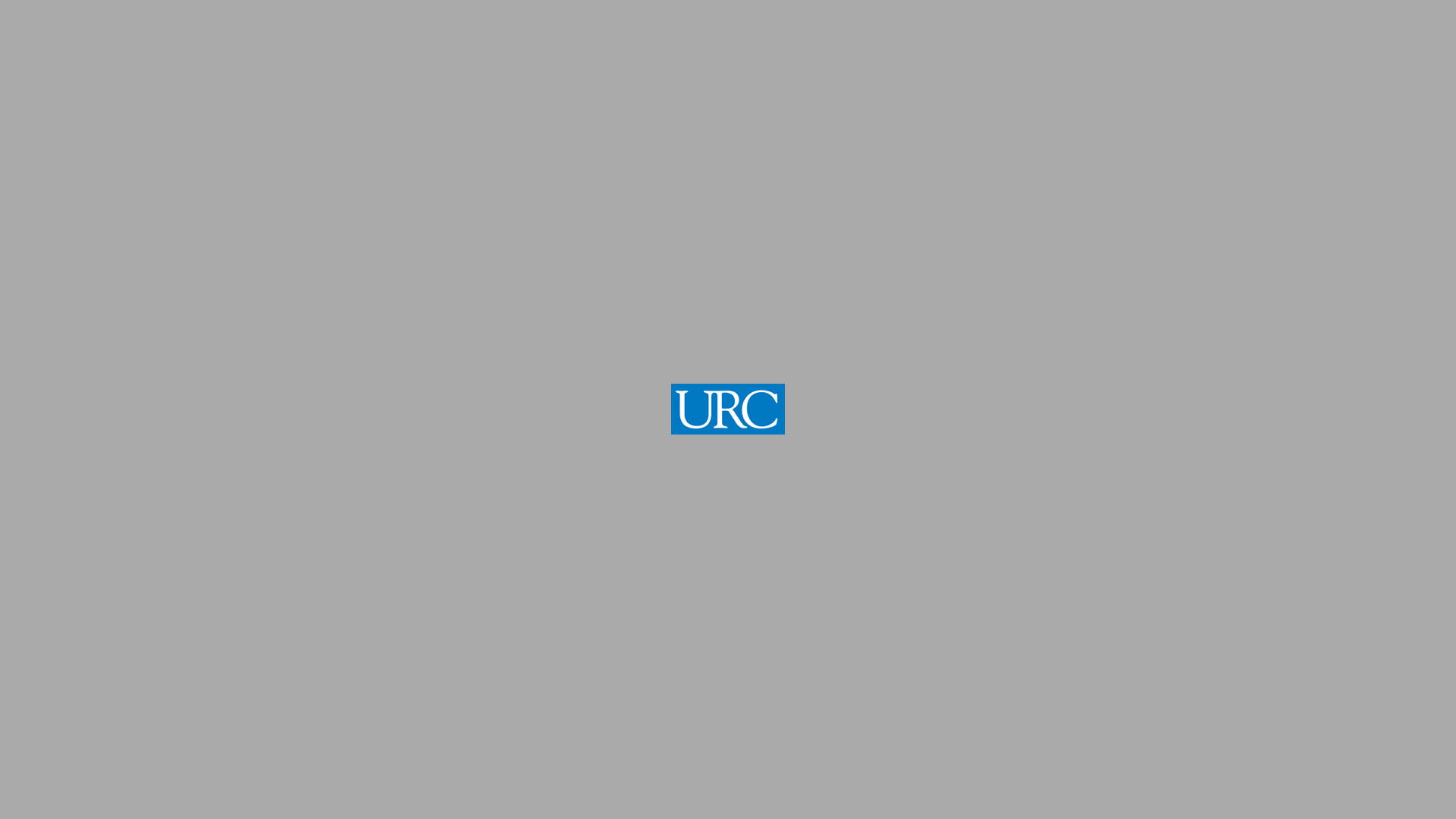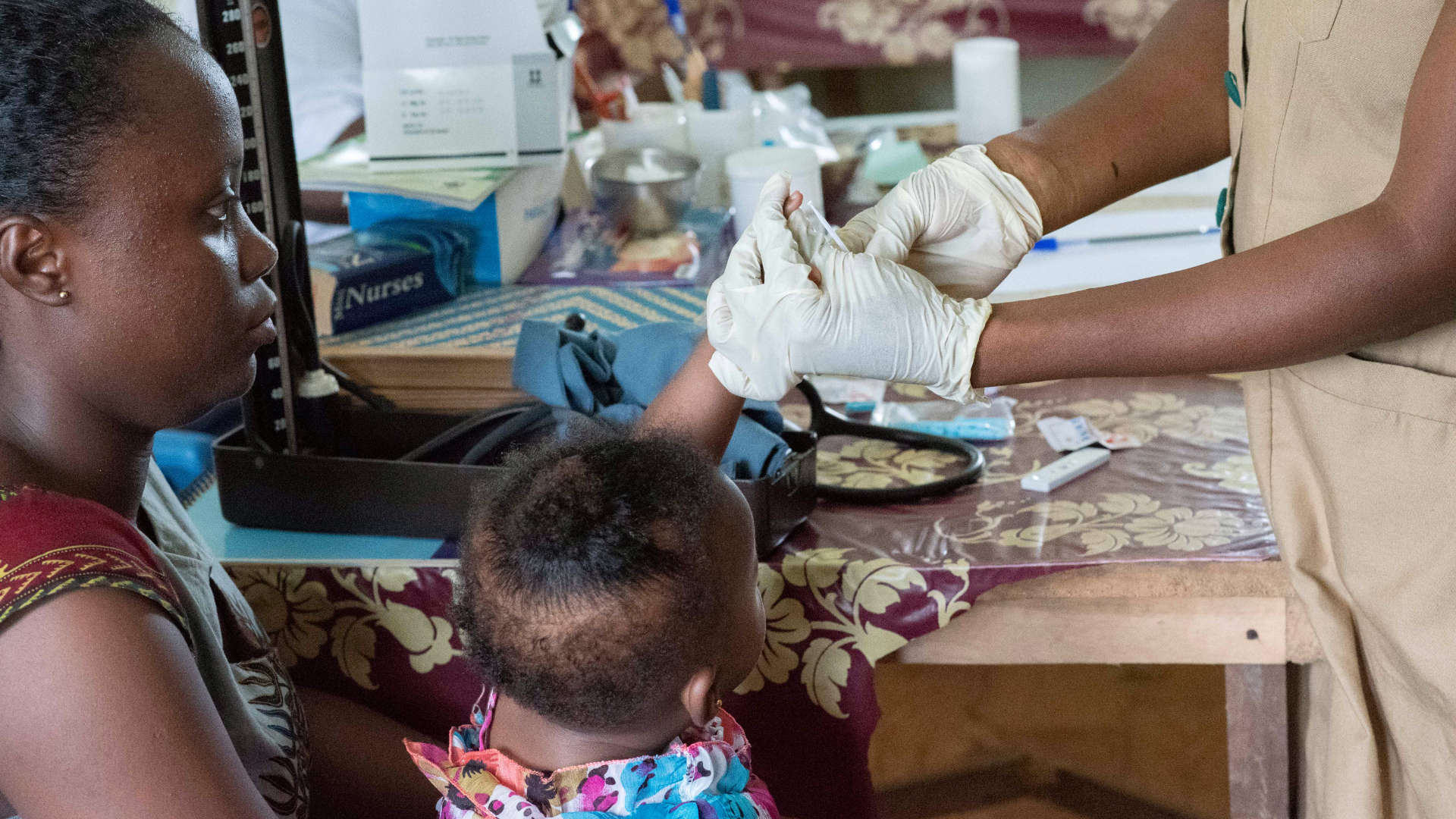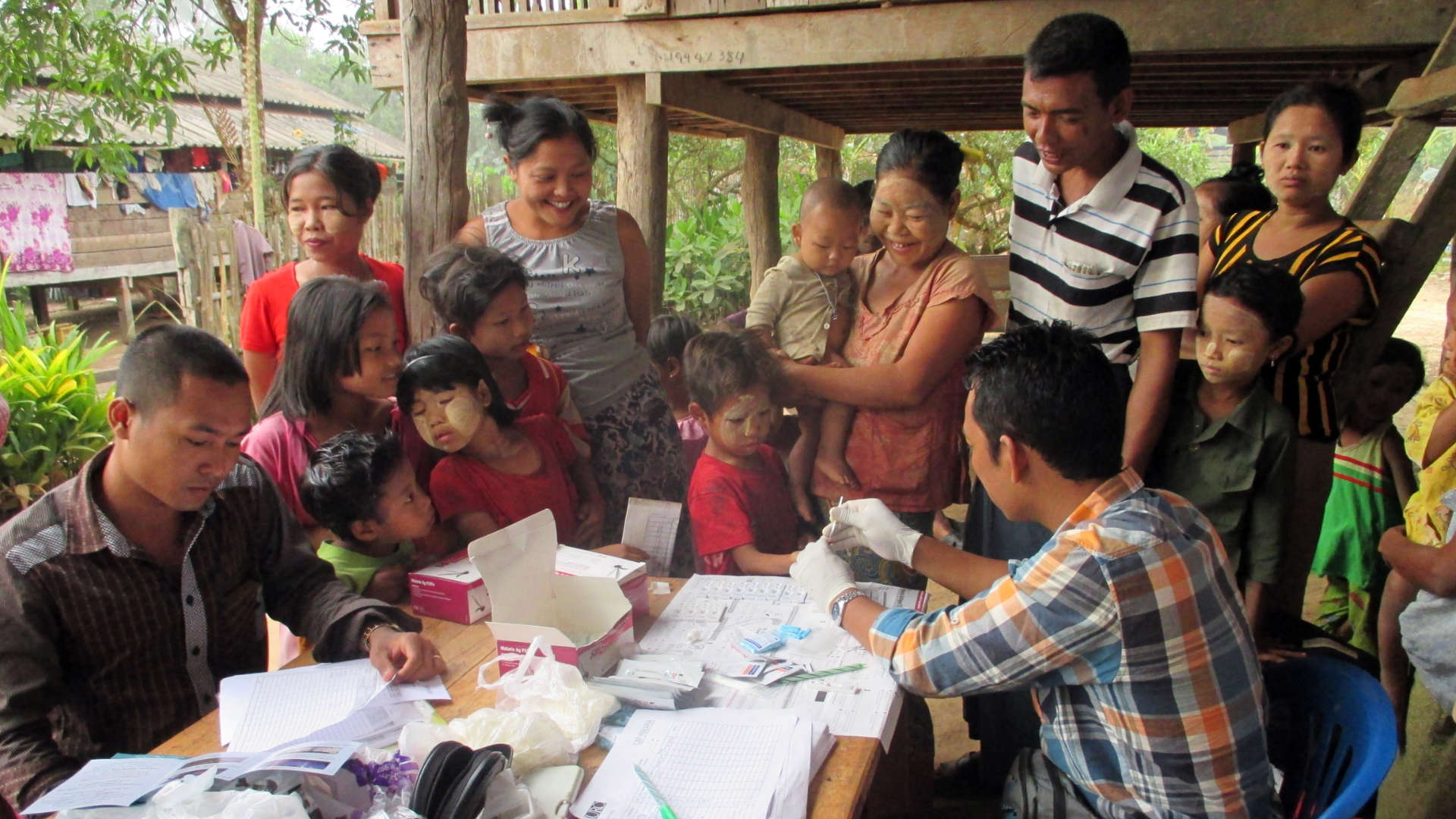A new and innovative, URC-developed sentinel online system supports scalable monitoring and evaluation interventions.
Despite impressive economic growth in recent years, Indonesia continues to suffer from conspicuously high rates of child stunting, and wasting, and or severe wasting. The country is committed to addressing the poor nutrition situation, yet suffers from a lack of reliable and timely information on nutrition and other health indicators on which decision makers can use to design effective nutrition policies and programs.
To provide accurate and timely health information, the Millennium Challenge Account for Indonesia (MCA-I) contracted with URC in March 2016 to develop a sentinel monitoring system for surveillance of many diseases and health indicators, including nutrition.
“We needed to create a system that integrated with existing local networks, functioned when internet access wasn’t available, produced reports in easily understandable formats, and had an intuitive user interface,” said Hala Jassim AlMossawi, URC Senior Director for Technical Support. “Two years after we began, we have achieved that.”
Tracking Early Childhood Health
URC developed a Sentinel Site Monitoring Program that was implemented in 100 sites in 11 provinces across Indonesia. The project’s goal was to provide a comprehensive system for data management related to the first 1,000 days of a child’s life, including:
- Developing an online database system and semi-online desktop application that can generate relevant, reliable, and real-time data;
- Developing modules to train midwife data collectors;
- Installing the developed application onto MCA-I laptops for each midwife;
- Migrating existing data from health facility records to the online system;
- Maintaining the database, managing the data, and assisting users; and
- Generating reports for MCA-I throughout the data collection period.
Field tests of the system highlighted strengths and weaknesses in its design and interface and allowed the team to make corrections before launching live data collection.
MCA-I recruited village midwives to collect routine data at health facilities and field facilitators to collect household data. Data collection included 97 villages in 11 provinces across the country to support the MCA-I monitoring and evaluation team. This wide range of information included:
- Coverage of micronutrient supplements among children;
- Household hygiene and sanitation behavior;
- Immunization status for mothers and children;
- Contraceptive use status among reproductive age women; and
- Prevalence/incidence of childhood morbidity.
An MCA-Indonesia evaluation of URC’s efforts in Indonesia concluded that “URC’s overall performance is outstanding. URC developed software for data storage, analysis, visualization, and reporting. The software was developed using an approach that carefully designed to be able to close the existing gaps in the public health data in Indonesia.”
Real-Time Feedback at the Village Level
With the Sentinel Site system, program managers can monitor nutrition-related behaviors as well as health services. A geo-tagging component allows monitoring of data collection activity and quick identification of locations experiencing increased health risks.
The URC team coordinated with multiple Indonesian Ministerial entities to discuss the value of the monitoring concept and program and how to ensure long-term sustainability and expand to other health and development areas.
“Our efforts are successful not only because we met the objectives of the project, but more so because we have provided a comprehensive, efficient, user-friendly system,” AlMossawi said. “We are confident in the system’s ability to meet the needs of MCA-I, the users, and the Ministry of Health for future data monitoring.”



